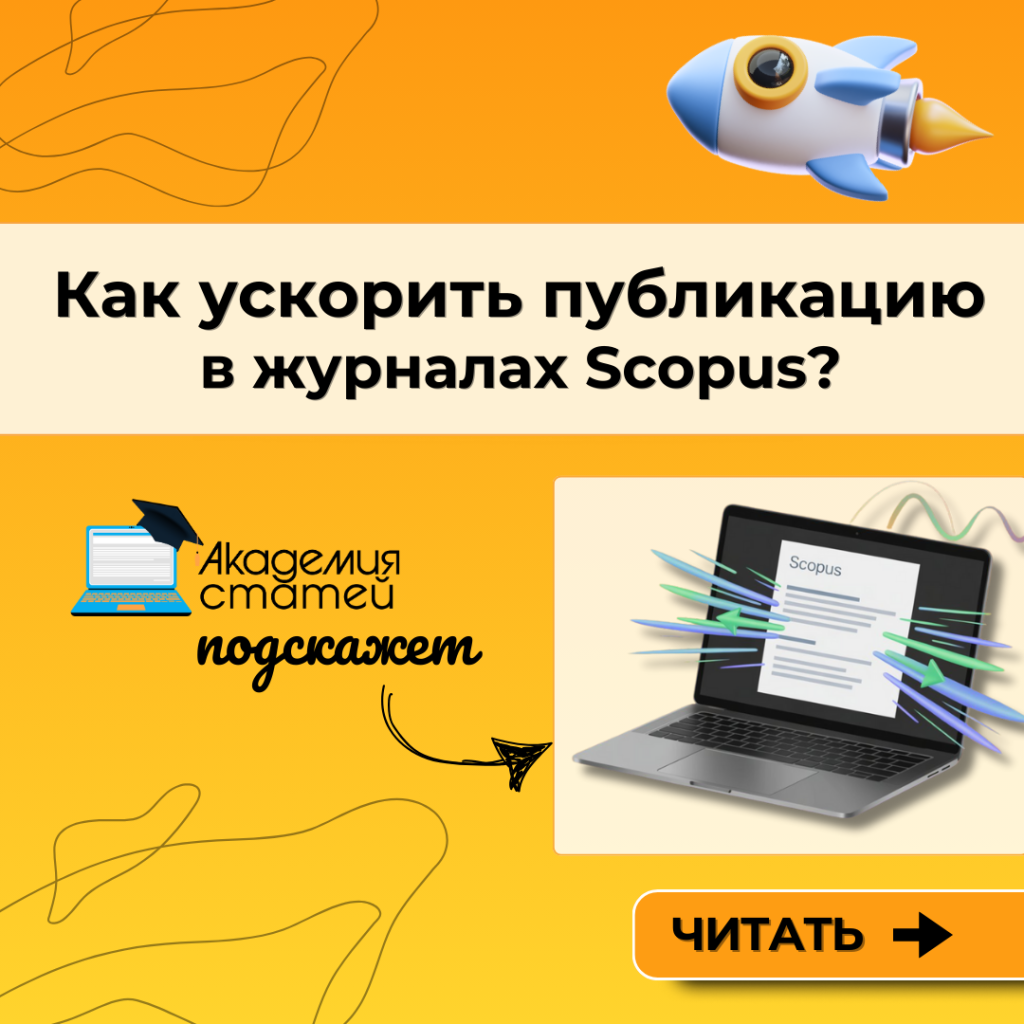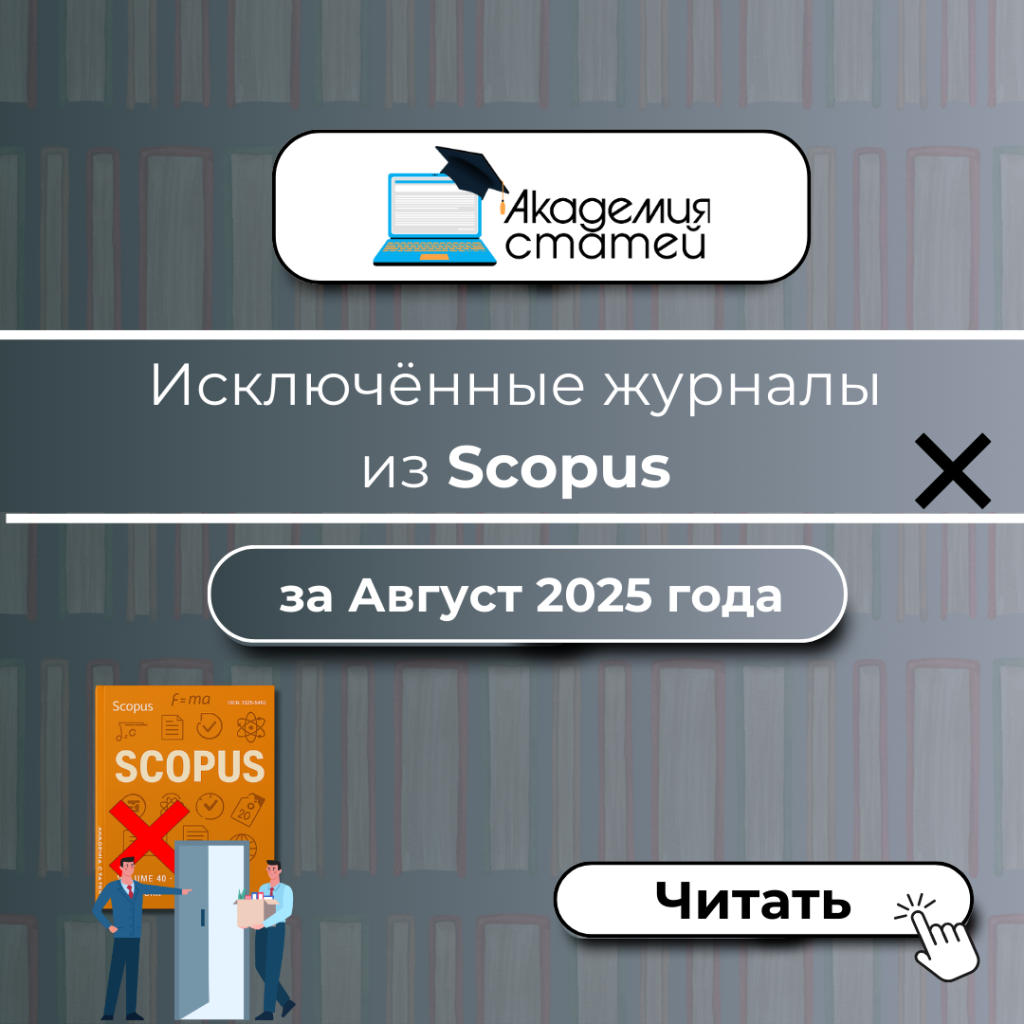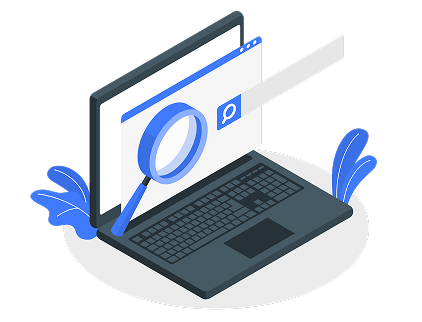Since 2025, Kazakhstani universities have begun checking not only for plagiarism but also for fragments generated by artificial intelligence. For many doctoral students, this has become a serious challenge. Even those who wrote their papers independently often used ChatGPT as an assistant: for searching for information, analyzing sources, or preparing drafts.
As a result, dozens of Kazakhstani doctoral students had questions:
— What should I do now if my dissertation contains fragments about AI?
— How to prepare a text for verification?
— What services should I use to avoid risks?
We've compiled step-by-step recommendations and proven services to help you refine your text and avoid problems during defense.
Useful tools for working with text
If you want to check and improve your text, you will find the following tools useful:
- Quillbot — rephrasing the text to change the style and remove the “neural network fingerprint”;
- Grammarly — smoothing out the style, improving the structure of sentences;
- Undetectable AI — disguising the neural network origin of the text;
- GPTZero — determining the probability that the text was created by artificial intelligence.
- Content at Scale AI Detector — additional text checking by AI.
- DeepL Write — humanization and paraphrasing of the text for a more “human” style.
Have you used ChatGPT in your dissertation and don't know if it will be noticed during an audit?
Main - don't ignore the problem.
The Academy of Articles offers a solution:




Dissertation Writing Life Hacks with ChatGPT
1. Don't paste ChatGPT responses without modifications
Even high-quality fragments are easily identified by detectors.
What to do:
- rewrite the text in your own words;
- change the order of sentences;
- add transitions and author comments.
2. Use different recycling methods
Combine automatic paraphrasing (for example, via Quillbot) with manual editing. Check the uniqueness of your text using services ETXT or Text.ru.
3. Add "human" elements
To make the text look natural:
- insert citations from scientific publications and authoritative sources;
- use your own articles and materials;
- combine different styles of presentation.
4. Use DeepL Write for style
DeepL helps to make the text more lively and varied.
Operating algorithm:
- go to the website deepl.com/write (basic features are available for free);
- insert a paragraph or a separate fragment;
- choose a suitable tone (neutral or warm);
- Accept or reject the proposed options and refine the result manually.
⚠️ Large volumes may require a paid plan, but for a dissertation, it's convenient to process the text in parts.

Are you already working on your dissertation or just planning it?
We'll help you at every stage—quickly, reliably, and without unnecessary stress.
Results:
Using ChatGPT and other neural networks in dissertation preparation opens up new opportunities for doctoral students: accelerated information search, assistance in formulating ideas, and automation of routine tasks. However, along with these benefits come serious risks: modern systems can detect machine-generated text, and universities are tightening their requirements for academic integrity.
Therefore, today it is not enough to simply write a good text – it is important that it is unique, corresponds to the style of scientific presentation and the requirements of a particular university.
This material is for informational purposes only.
Academic integrity remains your personal responsibility.
But if you don't want to risk the results of years of work, it's better to entrust the review and revision to professionals. Experts will help identify and correct errors, adapt the text to committee requirements, and make your work truly competitive.





